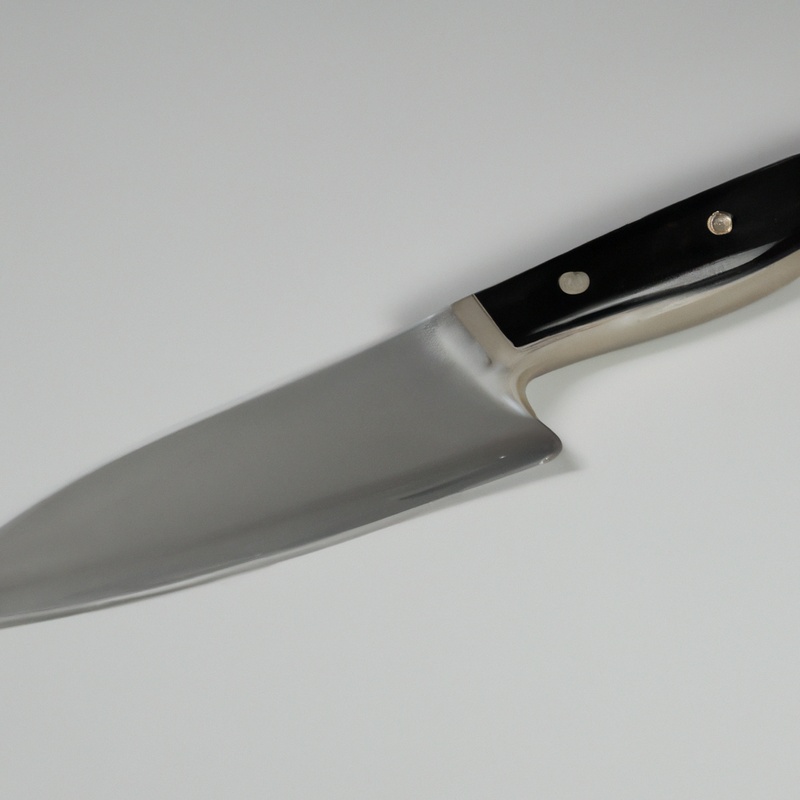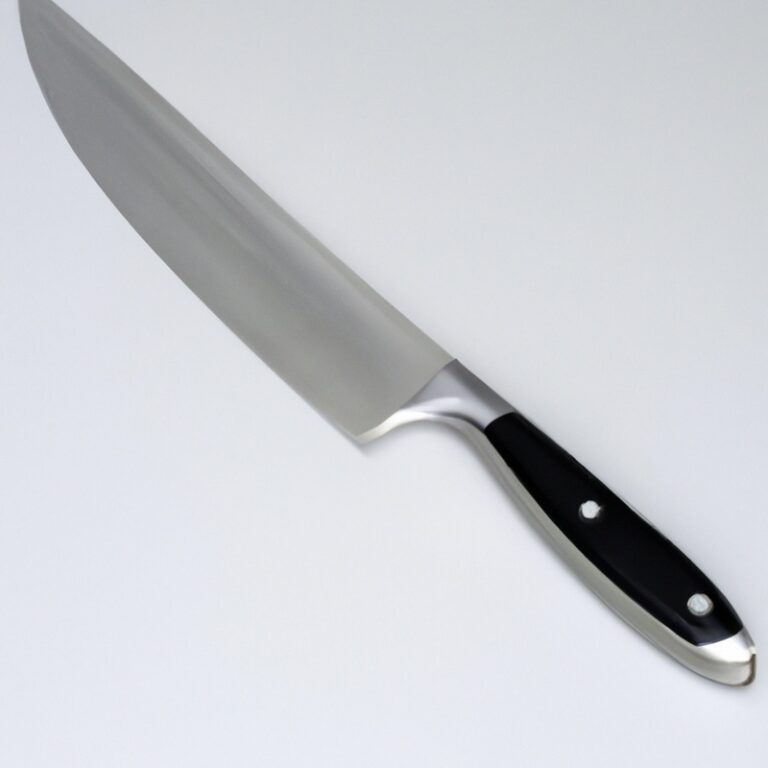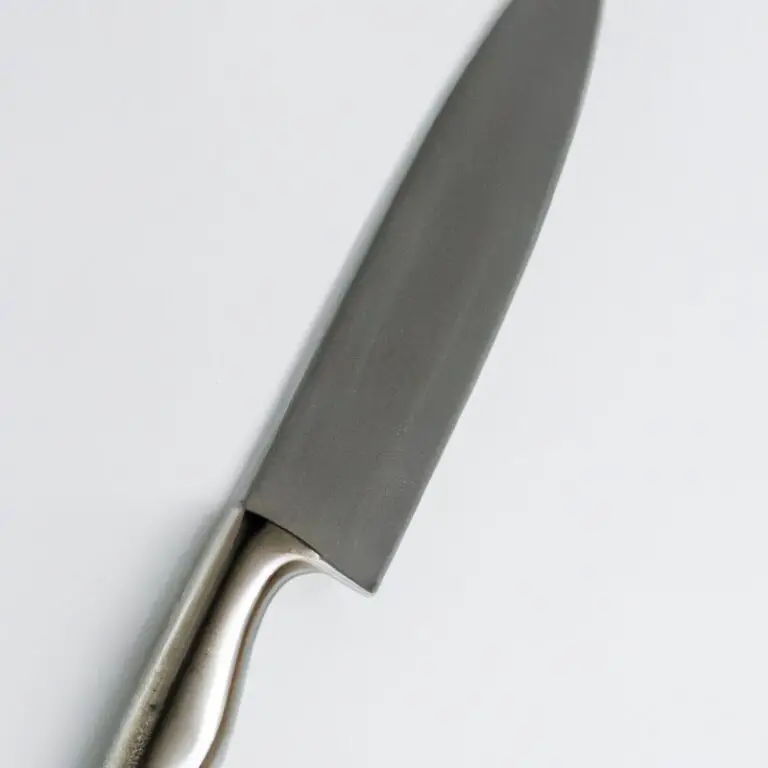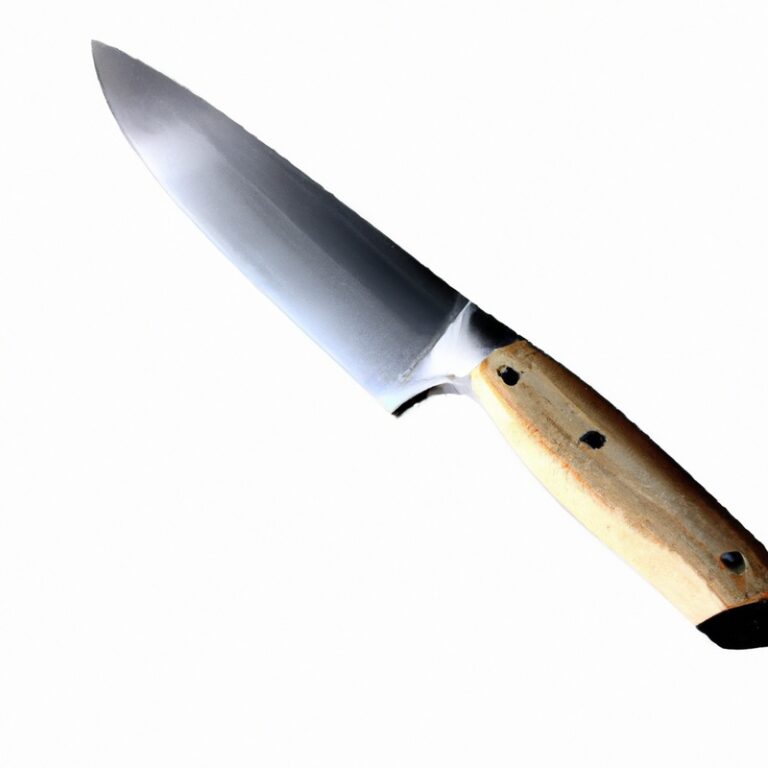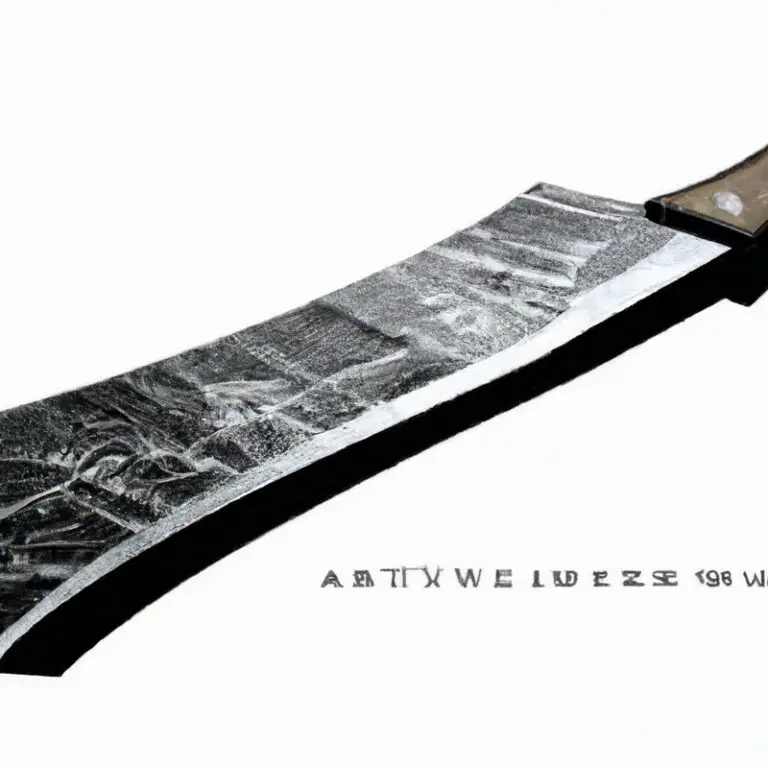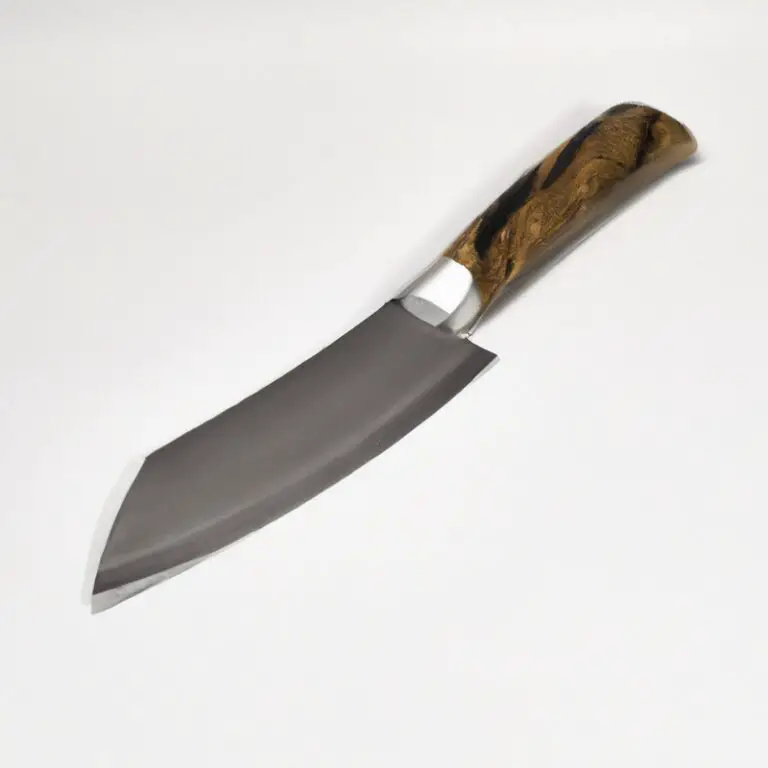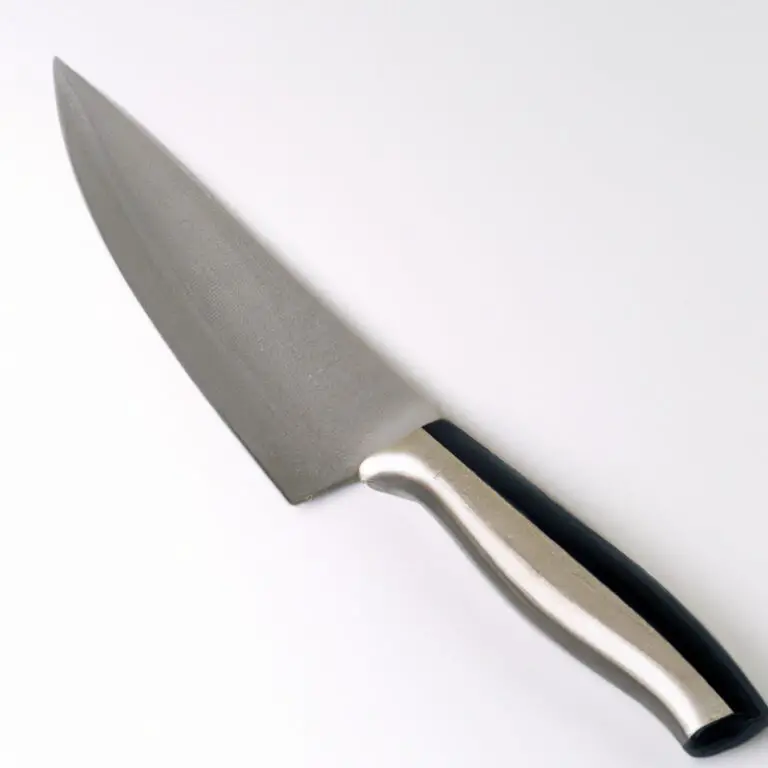How To Fillet a Lake Trout Using a Fillet Knife? Step-By-Step Guide For Beginners
Key Takeaways:
- A sharp fillet knife is crucial for filleting a lake trout properly.
- Proper techniques such as removing the skin in one clean cut can make filleting easier and faster.
- Knowing the anatomy of the fish and where to make the cuts is essential for a well-filleted lake trout.
- With practice and patience, anyone can learn how to fillet a lake trout with a fillet knife.
Do you love fishing and want to learn how to fillet a lake trout like a pro? Filleting a fish is essential to make it delicious and presentable on a plate.
With a fillet knife and a few techniques, you can get perfectly sliced fillets without wasting any meat.
In this article, I’ll guide you through all the necessary steps to fillet a lake trout using a fillet knife. From preparing the fish to removing the skin, you’ll get all the tips to master the art of filleting a lake trout.
Follow these simple steps, and you’ll be ready for a tasty meal in no time!
| Steps | Description |
|---|---|
| Step 1 | Start by holding the fish firmly with one hand and make a cut behind the gills and down to the backbone. |
| Step 2 | Turn your blade and make a second cut along the length of the fish and along the top of the backbone. |
| Step 3 | Cut off the head of the fish with a sawing motion. |
| Step 4 | Using the tip of the blade, make a cut down the ribs of the fish and remove the fillet from the bones. |
| Step 5 | Trim off any remaining bones, and remove the skin by gripping it with a towel or pliers, and using the blade to cut in a sawing motion. |
Gather the necessary equipment
To fillet a lake trout using a fillet knife, you will need a few essential pieces of equipment. These include a fillet knife, a cutting board, a pair of fishbone pliers or tweezers, a container for the waste, and a clean towel or paper towel.
It is crucial to have a sharp fillet knife to ensure clean cuts and minimize wastage.
Additionally, make sure that the cutting board is sturdy, slip-resistant, and easy to clean, preferably made of plastic or wood. Fishbone pliers or tweezers will come in handy to remove any small bones that may remain after filleting.
By gathering these necessary items, you will be well-equipped to begin filleting your lake trout successfully.
Prepare the fish for filleting
To prepare a lake trout for filleting, start by placing it on a clean cutting board or table. Use a sharp knife to remove the head and tail, as well as any fins.
Then, make a small incision behind the gills and slide the knife along the spine towards the tail with a gentle sawing motion.
Repeat this on the other side of the fish. Once you have two fillets, remove the skin by holding the base of the tail and using a knife to gently cut between the skin and flesh.
Finally, remove any remaining bones with a pair of tweezers or pliers, and rinse the fillets in cold water.
Your fish is now ready to cook or store in the refrigerator or freezer.
Make the first cut behind the gills
To start filleting the trout, the first cut should be made behind the gills. With the fish lying on its side, insert the fillet knife just behind the gill plate and cut towards the backbone.
Be careful not to cut too deeply and slice into the spine as it can make the next step difficult.
This initial cut should go all the way through the fish to its backbone. The purpose of making this first cut is to separate the fish’s collar from its head and allow for easier access to the flesh.
It is essential to make this cut precisely to minimize the risk of wasting meat and avoid damaging the fish’s internal organs.
Cut along the backbone to the tail
After making the first cut behind the gills, the next step in filleting a lake trout is to cut along the backbone to the tail. Using a fillet knife, insert the blade at the top of the fish and slide it along the backbone, applying gentle pressure to separate the fillet from the bone.
Make sure to keep the blade close to the bone to avoid losing any meat.
Once the fillet is completely separated, repeat the process on the other side of the fish. This step requires a bit of practice, but with patience and a steady hand, you’ll be able to produce impressive fillets in no time.
Remove the first fillet
To remove the first fillet, place the fish fillet-side down, and insert the fillet knife behind the pectoral fin. Cut down toward the spine in a curved motion, using the ribs as a guide.
Continue the cut until the knife reaches the backbone, then slide the blade along the backbone, separating the fillet from the bone.
Repeat these steps for the other side. Once the fillets are removed, use a pair of pliers to remove any pin bones.
Be careful not to puncture the fillet or damage the flesh while removing the bones.
After removing the fillets, rinse them with cold water and store or cook them according to your preference.
Repeat on the other side
Once you have removed the first fillet, repeat the process on the other side of the fish. Make a cut behind the gills and down the backbone to the tail, just as you did with the first fillet.
Remove the second fillet and discard any remaining bones.
Remember to use a sharp fillet knife and to take your time to ensure a clean cut and minimal waste. By repeating the process on the other side, you can obtain two delicious fillets from your lake trout.
Remove the skin from the fillets
To remove the skin from the fillets, place the fillet skin-side-down on a flat surface. Hold onto the tail end of the fillet with one hand and insert the fillet knife between the skin and the flesh at the opposite end.
Using a gentle back-and-forth motion with the knife, gradually work your way along the length of the fillet and cut the skin away from the flesh.
Use a paper towel or a clean cloth to grip the skin and prevent it from slipping. Be sure to remove all the skin from the fillet, including near the tail and the belly.
Repeat the process for the other fillet.
Once both fillets have had the skin removed, rinse them with cold water and pat them dry with a paper towel or a clean cloth. The fillets are now ready to be trimmed and cooked.
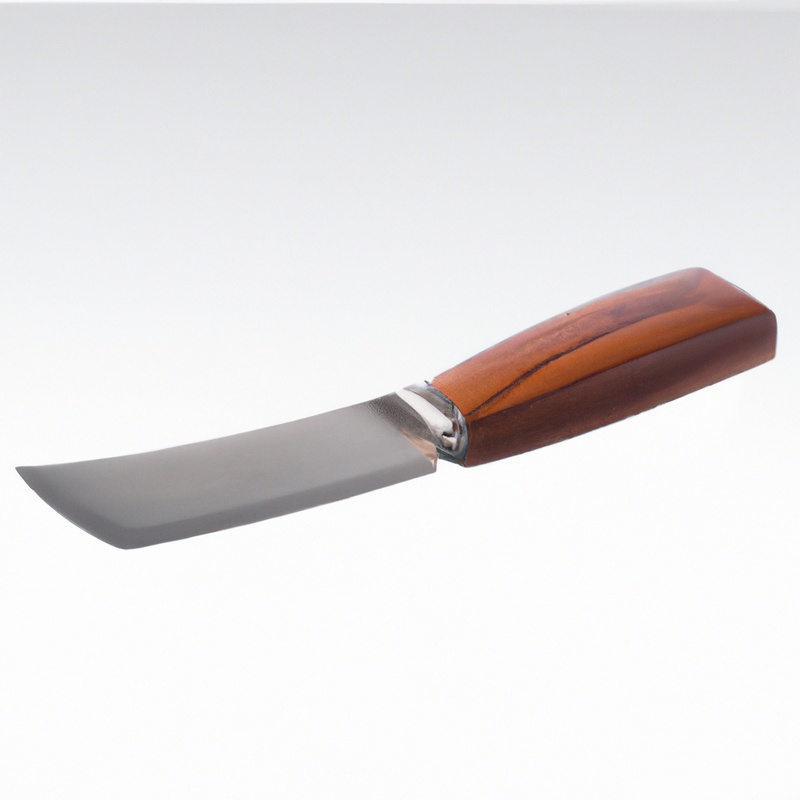
Trim any remaining bones from the fillets
After skinning the fillets, use a pair of pliers to locate and remove any remaining bones. Run your finger along the fillet to feel for any small bones that may have been missed.
Using the pliers, grip the bone and pull it out in a swift motion.
Be careful not to tear the flesh while removing the bones. Once the bones have been removed, rinse the fillets with cold water to get rid of any debris.
Depending on your preference and recipe, the fillets can be cooked immediately or stored properly.
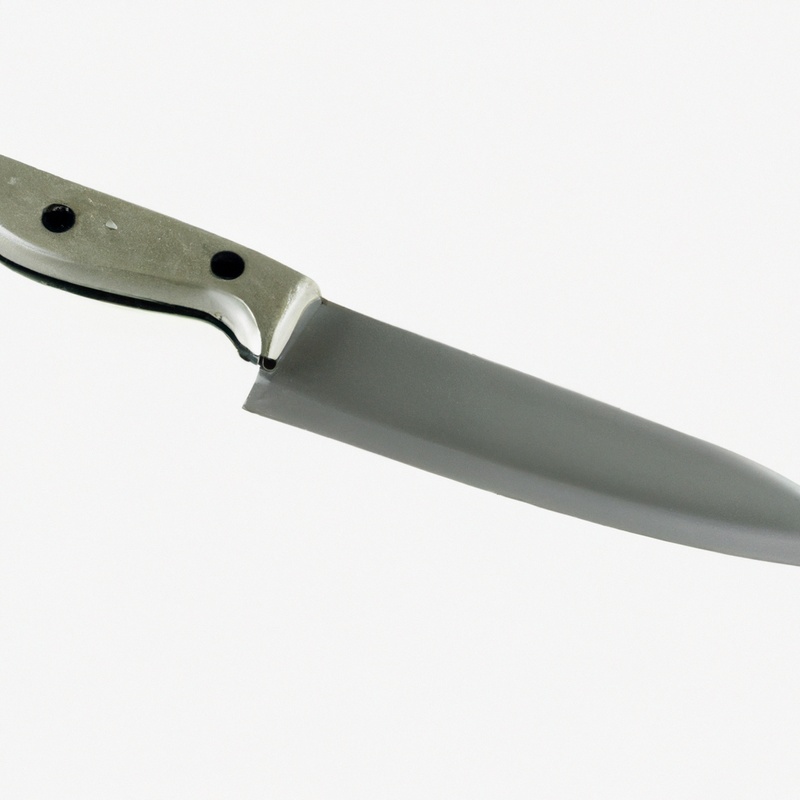
Rinse the fillets with cold water
After removing the skin and bones, it’s essential to rinse the fillets with cold water. This helps to remove any remaining scales or debris from the fillets, ensuring that they are clean and ready for storage or cooking.
Use cold running water to rinse each fillet thoroughly, paying particular attention to any folds or creases in the flesh.
Once rinsed, pat the fillets dry with a paper towel or clean cloth before proceeding with storage or cooking. Remember that proper handling and preparation of fish is critical to prevent foodborne illness.
Store or cook the fillets accordingly
After filleting a lake trout, it is crucial to store or cook the fillets properly to ensure their freshness and taste. If you plan to cook the fillets immediately, keep them refrigerated until you are ready to use them.
However, if you want to store the fillets, you can wrap them tightly in plastic wrap or aluminum foil and keep them in the refrigerator for up to three days.
Alternatively, you can freeze the fillets for longer storage, but it is essential to properly wrap them and remove any excess air to prevent freezer burn. When thawing the fillets, place them in the refrigerator overnight or use the defrost function on your microwave.
It is also crucial to follow safe handling and cooking practices to prevent any foodborne illnesses.
By storing or cooking the fillets accordingly, you can enjoy your lake trout fillets for a more extended period.
Final Verdict
Filleting a lake trout using a fillet knife may seem intimidating, but with the right equipment and practice, it can be a rewarding experience for any angler. By following the steps outlined in this guide, you can confidently and successfully fillet a lake trout and enjoy a delicious meal.
Remember to always prioritize safety when handling sharp knives and be patient with yourself as you learn this skill.
By mastering this technique, you can elevate your fishing experience and impress your guests with your culinary skills. Trust in these proven steps and become a pro at filleting a lake trout with your fillet knife.

